Search results for 'linseed oil paste'
-
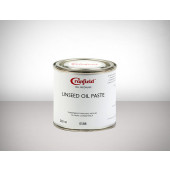
Cranfield (Spectrum) Linseed Oil Paste
Starting at: £24.65
Call to Order
-
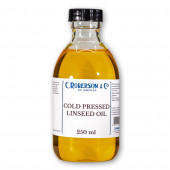
Roberson Cold Pressed Linseed Oil
Starting at: £7.50
-
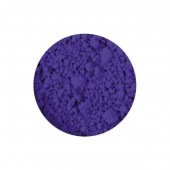
Ultramarine Blue Dark Pigment
Starting at: £4.00
-
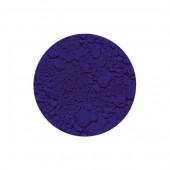
Ultramarine Blue Light Pigment
Starting at: £6.00
-
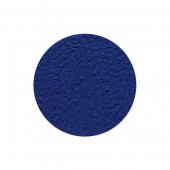
Ultramarine PB29 Pigment
Starting at: £9.10
-
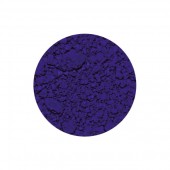
Ultramarine Blue Limewash Pigment
Starting at: £6.30



